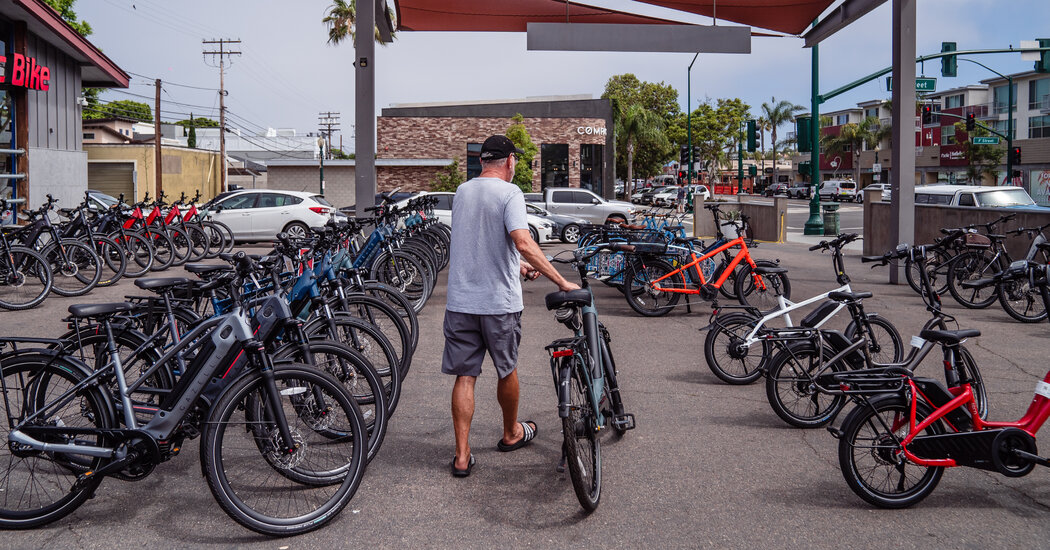
What Is an E-Bike, and How Safe Are They?
Class 1: Maximum speed, 20 m.p.h.; the motor may provide power only while the rider is pedaling. (This is known as “pedal assist.”) Age restrictions: None in most states, although some states, such as Oregon, do not permit the use of any class of e-bike by riders younger than 16.
Class 2: Maximum speed, 20 m.p.h.; the motor may provide power independently of the pedals. Age restrictions: none in most states. (These e-bikes in particular attract criticism because, by relying solely on the motor, they can achieve immediate bursts of speed.)
Class 3: Maximum speed, 28 m.p.h. — but only if the pedals and the motor are used simultaneously. These vehicles are intended for commuters and other riders who are interested in traveling farther than a traditional bicycle would easily allow. Use not permitted by riders younger than 16, in many states.
Notably, the federal consumer agency does not recognize the three-class system.
What Are the State Rules?
According to PeopleForBikes, the trade group that helped craft the three-class system for manufacturers, 42 states have laws that are largely in line with the classification system. In most states, then, riders under 16 can use Class 1 and Class 2 e-bikes, while riders of Class 3 e-bikes must be 16 or older.
But enforcing those rules is tricky, according to local and state law enforcement officials. It can be hard to tell by looking if a teenage rider is too young for the e-bike being ridden. And glancing at an e-bike’s motor does not establish whether it can go faster than 20 m.p.h.